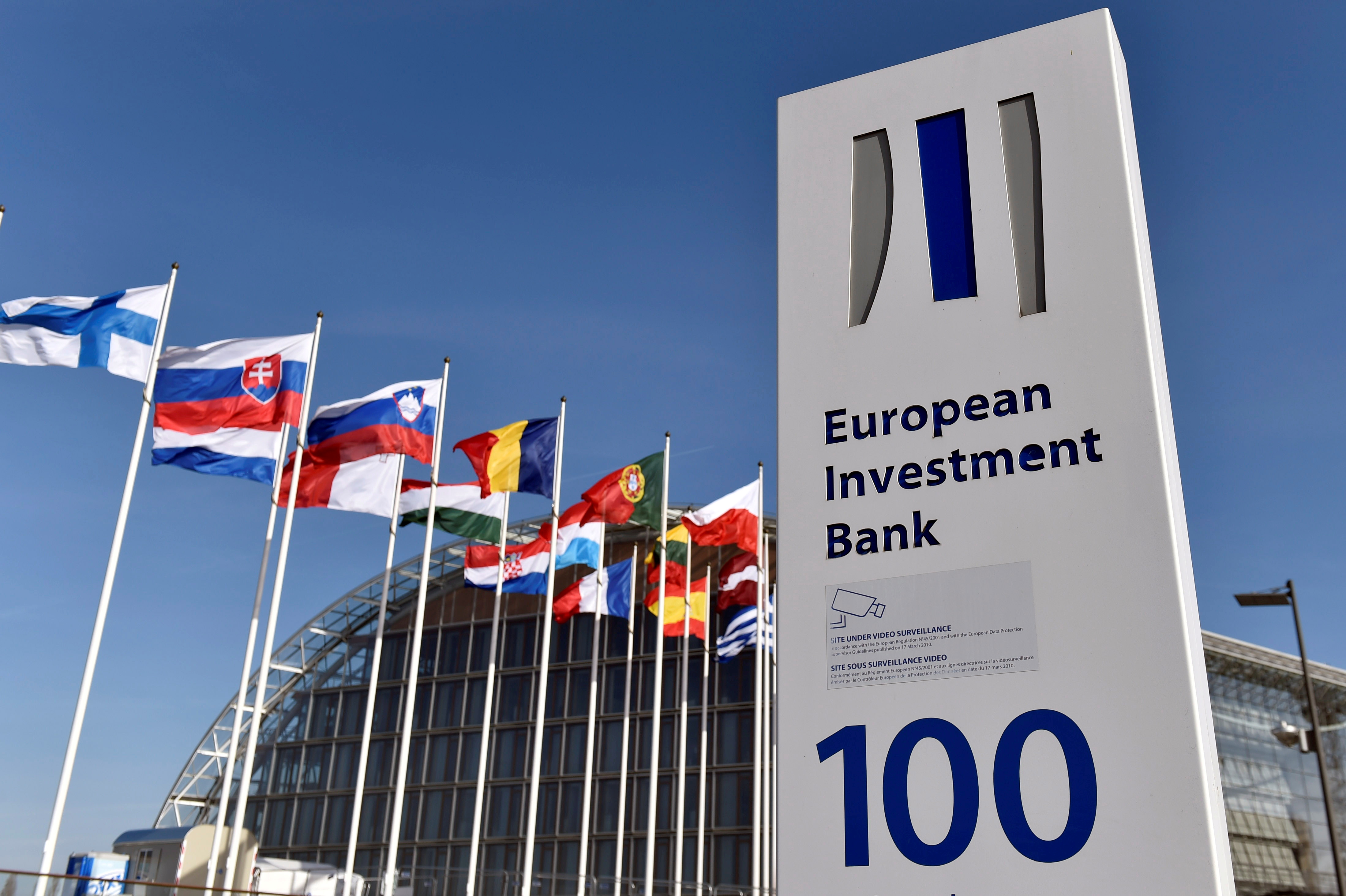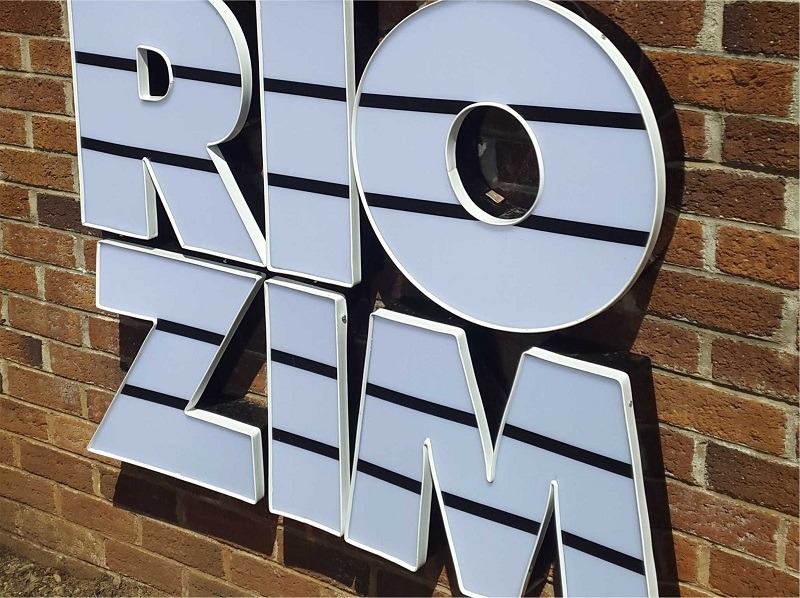Now, more than any other time in history, performance drives business. The challenge is how to get to a reasonable measure of company performance that will also be a good performance predictor. In this week's newsletter we focus on increasing performance through employee, customer and leadership engagement.
If you compare two companies you may be tempted to look for similarity of strategy, structures, products, services, revenues and costs to determine which one would yield better performance. Some suggest that three measures of engagement create the ultimate measuring system. The three proposed measures are:
Employee engagement
Leadership engagement
Customer engagement
The idea of engagement is becoming a far more relevant predictor of performance than any other single factor that drives performance.
Employee engagement
Surveys found that typically only 25% of employees in a firm are engaged, while 25% are disengaged and 50% partially engaged.
That means that 25% of the employees can currently stay home and work on their own and still be as productive as they are at work.
Another estimate is that in most organisations, at least 10% of employees are already 'resigned' - they are just waiting to exit.
If we compare disengaged to engaged employees, it seems that engaged employers suggest decreased employee turnover, higher productivity and better overall happiness and performance. For disengaged employees the reverse is true.
Some of the most prominent factors to influence employee engagement include:
The relationship with your immediate supervisor
Employee belief in senior leadership
Pride in working for and connecting to the company purpose
In addition, other factors that increase engagement include:
Management level (senior vs more junior)
Size of the organisation
Level of education
Earnings level
Equity of earnings
Age below 30 and over 50
Employees that are typically less engaged include:
Middle aged employees from 40-49
The highest educated staff
Lowest levels of employees
Employees who have been in an organisation for less than one year
Client facing and clerical employees
Those who work in highly repetitive industries
Employees expect their managers to be caring and to create a workplace environment in which they can perform. If employees feel they can participate in decision-making and achieve clear and substantive results, they tend to continue to put in energy. On the other hand, when they have little work, restricted access to managers and are left to their own devices, employees generally tend to move away from being enthusiastic, involved and 'esteemed employees' and they get onto the path of becoming disengaged.
Another phenomenon is that companies that do not take care of employees tend to lose engaged employees who expect more from the organisation. This can be likened to the Gartner Hype Cycle that basically proposes that every new idea goes through some key stages. The Gartner cycle seems valid for employees who go through the learning curve of a peak of inflated expectations, a trough of disillusionment, a slope of enlightenment and a plateau of productivity.

Source: http://en.wikipedia.org/wiki/File:Gartner_Hype_Cycle.svg
Some labour analysts predict that future organisations will regard labour turnover rates as high as 65% as 'normal', while organisations with low turnover rates and high engagement will be high profit companies.
Customer engagement
With the advent of social media we are fast learning that it is not okay to just put our message out there. Instead, it is important to engage with our customer. Increasingly, companies are taking back their social media from outsource agencies, and senior people are starting to play a role in ensuring that the company's messages are communicated clearly and to a wide audience.
Customer engagement typically gets measured through the extent to which customers engage in:
Satisfaction
Loyalty
Retention
Advocacy
Awareness
Filtering
Complaint-behaviour
Marketing intelligence
The new types of initiatives to drive consumer engagement include:
Collaborative filtering - getting people to like, rate, categorise, prefer or otherwise identify with a product
Community development - forming users into communicators that collaborates, communicates and that self-expands
Community participation - engaging with the customer as they participate in communities
Direct user engagement - giving users tools to communicate and engage with each other
User generated content - letting users participate in forums and events with the organisation, and associate with the brand
Customer self service - giving greater control and insight in the production and information for consumption and participation with the customer
Product co-development - creating spaces and forums in which the customer engages in developing the product and refining its delivery
Leadership engagement
The idea that managers have such a large role to play in the employees' perceptions of the workplace have led to the concept of leadership and management engagement.
The idea is that you as the leader and manager need to focus on how you are getting others engaged in the business.
If you are on top of the information that is being sent to you, you will be engaged with your employees in solving the issues and challenges presented to you. You will be leading clearly from within the team. In doing so, you will tend to have higher engagement scores. If you stand outside of the team, only swoop in when there is an issue, and never spend time actively engaging with your employees, then you are not doing so well on engagement.
The idea of leadership engagement with customers is also revolutionary to some organisations. Customers want to feel that they are close to the 'personalities' that drive the organisation. Great leaders realise that they have to engage with customers and employees and that the engagement metrics will be highly dependent on their input.
Distractions
Anything can distract you. Life itself seems to be filled with one distraction after the other. You need to look beyond this to the big picture. You also need to be present wherever you are. If you are busy working when you are home and busy worrying about home when you are at work, you are not present in either circumstance. By refocusing your effort you can achieve positive results. Focus on the situation in front of you (where you are present) and do something about it.
Presence economics
The message is clear. To be successful in the new world you have to be present, aware of and engaged in that which is in front of you. Those engaged in any type of spiritual development will recognise this as being mindful, conscious, attuned to or in the moment. Remember, if you are an absentee landlord your harvest will not come.
Increasingly, these ideas are translated into actual scoring mechanisms that organisations use to predict their levels of engagement.
Why not score yourself to find out?
How engaged you are with your work?
How engaged you are with your customers?
How engaged you are with your subordinates?
How engaged you are with your life outside the workplace?
If you are present and engaged, you will prosper. If not, you need to carefully rethink where you want to be and what you really want to do. Inevitably, your current position will have to change to fulfil your potential.
- Regenesys
 Concern over Masvingo black market
Concern over Masvingo black market  Kenya declares three days of mourning for Mugabe
Kenya declares three days of mourning for Mugabe  UK's Boris Johnson quits over Brexit stretegy
UK's Boris Johnson quits over Brexit stretegy  SecZim licences VFEX
SecZim licences VFEX  Zimbabwe abandons debt relief initiative
Zimbabwe abandons debt relief initiative  European Investment Bank warms up to Zimbabwe
European Investment Bank warms up to Zimbabwe  Young Investment Professional (YIP) Graduate Programme 2019
Young Investment Professional (YIP) Graduate Programme 2019 











 Young Investment Professional (YIP) Graduate Programme 2019
Young Investment Professional (YIP) Graduate Programme 2019
Editor's Pick